On the afternoon of October 29, continuing the 10th Session, the National Assembly discussed socio -economic issues; the implementation of National Assembly Resolutions and Government reports...
One of the contents that received attention from National Assembly delegates was solutions to promote the development of cultural industry in the new era.
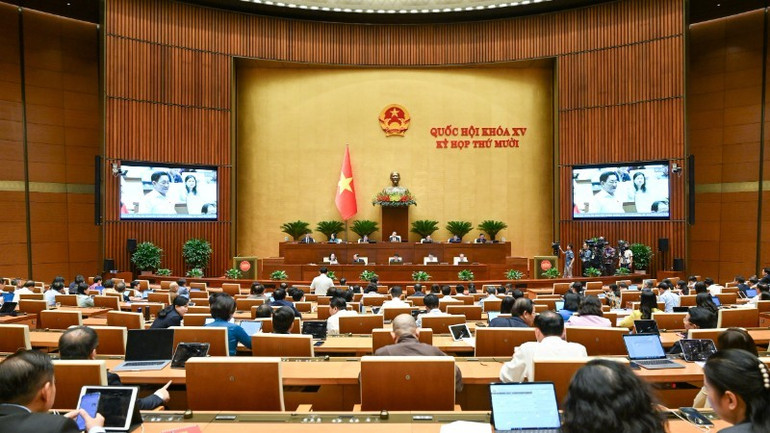
Include cultural sector growth targets in socio-economic development plans
Delegate Nguyen Thi Suu (Hue City Delegation) assessed that the Government's Report demonstrated great efforts in implementing the 5-year socio-economic development plan, especially in the fields of culture, society and human development, many targets were achieved and exceeded the plan...
However, delegates said that if we look more deeply through the lens of sustainable development and national competitiveness in the digital age, there are still structural limitations that need to be considered, supplemented and perfected by the National Assembly, the Government and ministries and branches for the coming period.
Specifically, culture has not really become an endogenous force for development. The report frankly pointed out that culture has not really been the spiritual foundation of society, the endogenous force, the driving force for national development. According to the delegate, this is a very important observation showing that culture is still lagging behind the economy, while the world is entering the stage of culturalizing the economy when creative products, heritage identity and the entertainment industry become new sources of growth.
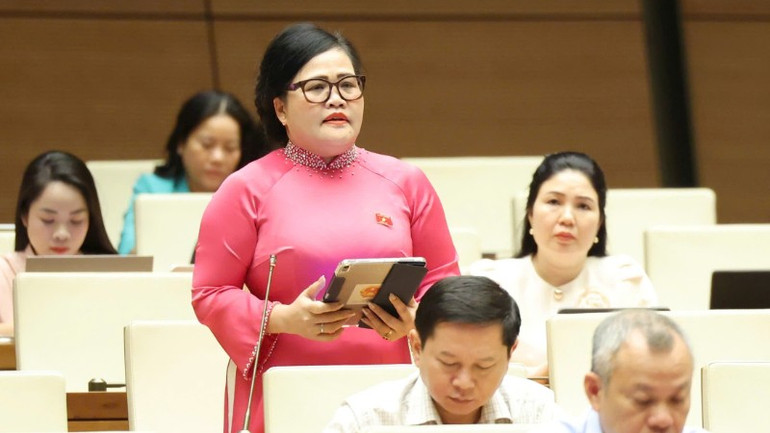
“It is necessary to add cultural GDP targets, the contribution rate of creative industries to GDP and stipulate a minimum budget investment level for culture of no less than 2% of total state budget expenditure to institutionalize the viewpoint of placing culture on par with economics and politics in the spirit of Resolution 33 of the Central Committee,” the delegate suggested.
According to delegate Suu, the development of cultural industry currently lacks a chain of support policies and a separate legal framework; Vietnam's cultural industry only contributes about 3% of GDP; mechanisms to support creativity, intellectual property, infrastructure investment and private sector attraction are still fragmented.
On that basis, delegates recommended drafting legal documents on cultural and creative industry development; regulations on the Cultural Creation Fund, tax incentives for creative enterprises; standardizing cultural institutions, digital copyright and commercializing Vietnamese intellectual property and culture on digital platforms.
Creating a synchronous legal framework; building a healthy cultural market
Also interested in solutions to promote the development of cultural industries, delegate Tran Thi Hong Thanh (Ninh Binh Delegation) said that after 4 years of implementing the strategy for developing cultural industries, Vietnam has formed and expanded many key areas: Cinema, music, fine arts, fashion, advertising, video games, creative design, handicrafts, publishing, cultural tourism and especially performing arts and digital cultural heritage. Many cultural products have affirmed the Vietnamese brand on the regional map, demonstrated through international events, film festivals or youth creative programs.
However, the scale of Vietnam's creative culture market only accounts for about 4% of GDP, much lower than the average of 7-10% of countries in the region. Creative infrastructure is not yet synchronized, policies to encourage investment, protect intellectual property rights and the creative labor market are still limited, many localities do not have their own strategies for developing cultural industries; planning, human resource training and regional linkages are not clear.
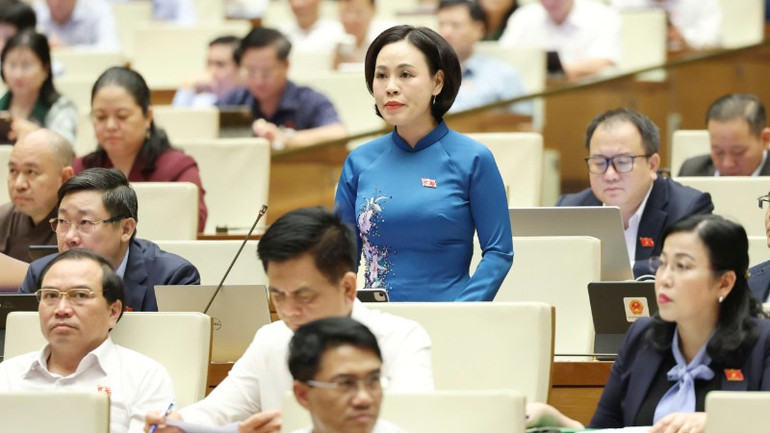
In order to promote the strong development of the cultural industry and achieve the goal of contributing 7% of GDP by 2030 and 8% of GDP by 2035 as set out in the National Assembly's resolution, delegates proposed to perfect institutions and policy mechanisms, promulgate the Law on Cultural Industry Development to create a clear and synchronous legal framework; build a healthy cultural market, clearly stipulate intellectual property rights, protect the legitimate rights of authors and creators, preferential policies for investment, tax, land and digital transformation. Integrate policies for developing culture, tourism, media and creative technology in a national strategic framework.
The second solution is to develop a creative ecosystem and high-quality human resources, form creative centers, support cultural startups, incubate art ideas and projects, innovate art education, link training with market needs and digital transformation.
The third solution, according to delegates, is to promote digital transformation in the cultural field, develop digital infrastructure to serve the production, distribution and promotion of cultural products applying AI and virtual reality technology in preserving tourism heritage, culture and performing arts.
Fourth, it is necessary to link regions and socialize investment, build cultural value chains, and creative tourism by region, and link cultural products with local brands. Encourage private enterprises, investment funds, and the artist community to participate in developing the cultural industry according to the public-private partnership model.
The final solution proposed by the delegates is to develop the soft power of Vietnamese culture in international integration, bringing Vietnamese cultural products to the world through films, fashion, performing arts, cuisine, literature and digital products. Strengthening the promotion and organization of cultural weeks and international creative festivals in Vietnam, contributing to building the image of a dynamic and creative country.
Regarding the proposal, delegate Tran Thi Hong Thanh stated that the State needs to identify the cultural industry as a key economic sector, include the industry's growth target in the 5-year socio-economic development plan; make key investments in creative infrastructure, heritage preservation, cultural digital transformation and human resource development.
For localities: Each province and city needs to develop its own cultural industry development strategy associated with local characteristics, heritage identity and strengths, forming creative industry clusters and performance centers, and designing cultural tourism.
For the business community and society, encourage investment, sponsorship, and international cooperation in artistic creation, build modern typical culture, and honor Vietnamese intellectual products.
For intellectuals and artists, promoting the role of creative core, inspiring innovation, elevating aesthetic and humanistic values in each cultural product.
Source: https://nhandan.vn/thuc-day-manh-me-phat-trien-cong-nghiep-van-hoa-post919020.html



![[Photo] Prime Minister Pham Minh Chinh chaired a meeting to evaluate the operation of the two-level local government model.](https://vphoto.vietnam.vn/thumb/1200x675/vietnam/resource/IMAGE/2025/10/29/1761751710674_dsc-7999-jpg.webp)
![[Photo] Hue: Inside the kitchen that donates thousands of meals a day to people in flooded areas](https://vphoto.vietnam.vn/thumb/1200x675/vietnam/resource/IMAGE/2025/10/29/1761738508516_bepcomhue-jpg.webp)
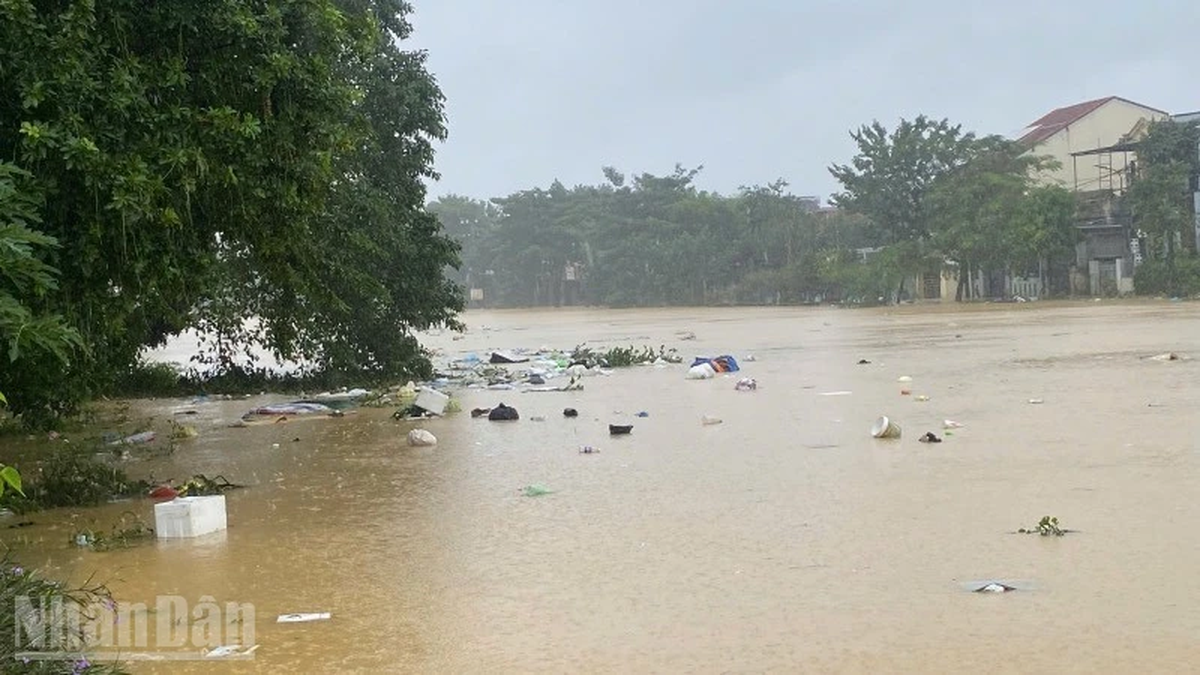
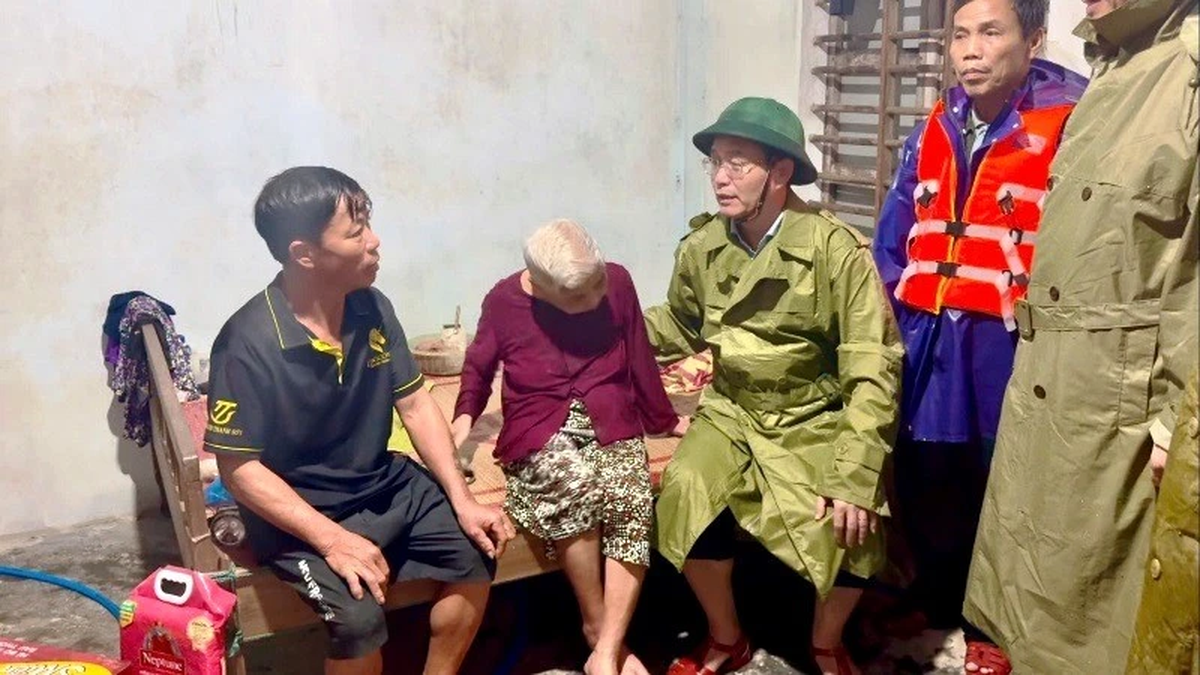
![[Photo] Prime Minister Pham Minh Chinh chaired a meeting to discuss solutions to overcome the consequences of floods in the central provinces.](https://vphoto.vietnam.vn/thumb/1200x675/vietnam/resource/IMAGE/2025/10/29/1761716305524_dsc-7735-jpg.webp)


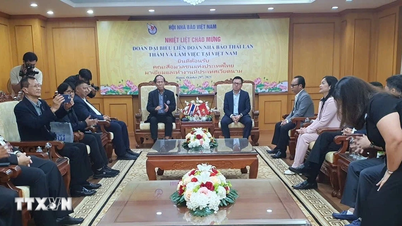

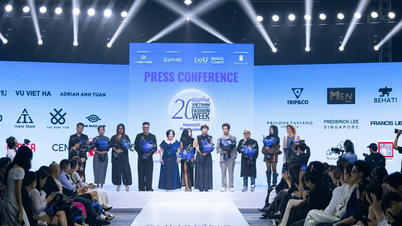


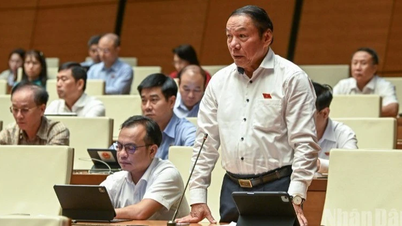
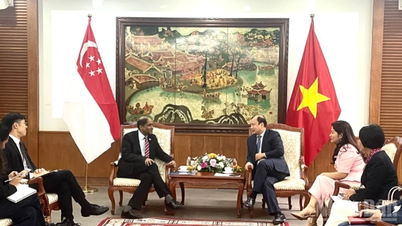




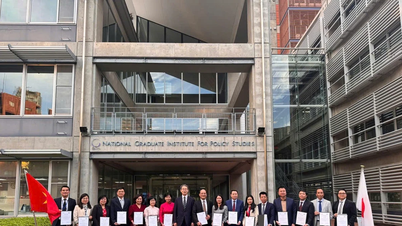
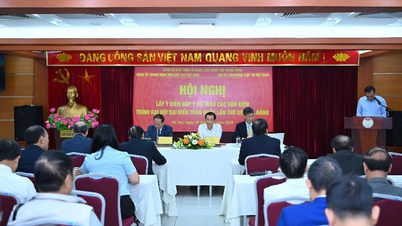
![[Photo] Prime Minister Pham Minh Chinh chaired a meeting to evaluate the operation of the two-level local government model.](https://vphoto.vietnam.vn/thumb/402x226/vietnam/resource/IMAGE/2025/10/29/1761751710674_dsc-7999-jpg.webp)
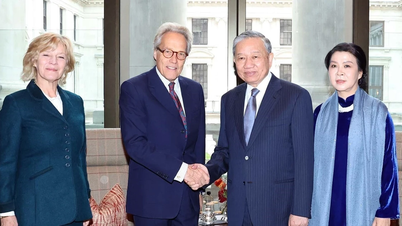
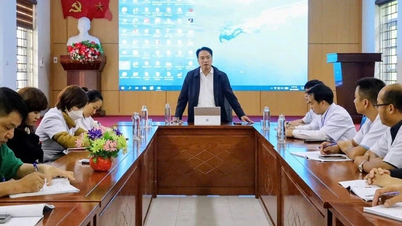
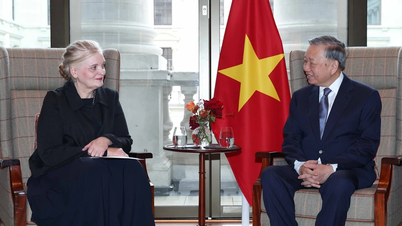



































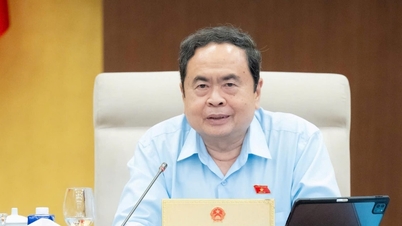

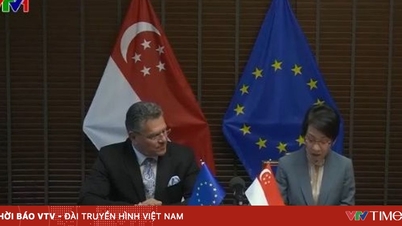
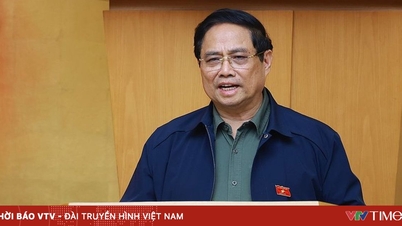
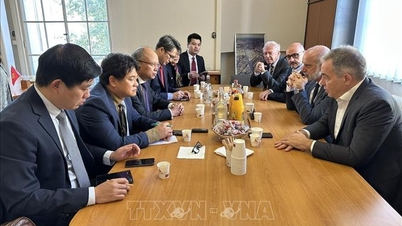

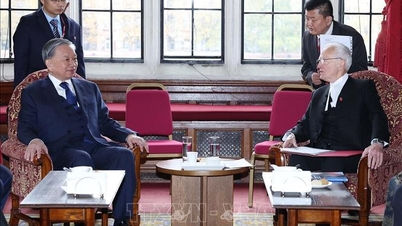
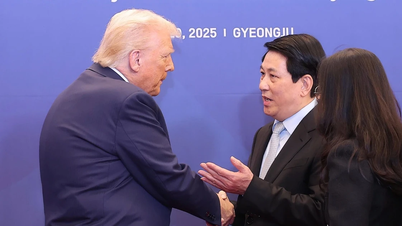


![[Live] Concert Ha Long 2025: "Heritage Spirit - Brightening the Future"](https://vphoto.vietnam.vn/thumb/402x226/vietnam/resource/IMAGE/2025/10/29/1761743605124_g-anh-sang-am-thanh-hoanh-trang-cua-chuong-trinh-mang-den-trai-nghiem-dang-nho-cho-du-khach-22450328-17617424836781829598445-93-0-733-1024-crop-1761742492749383512980.jpeg)
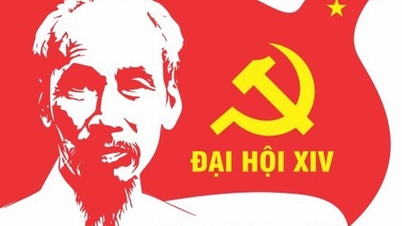
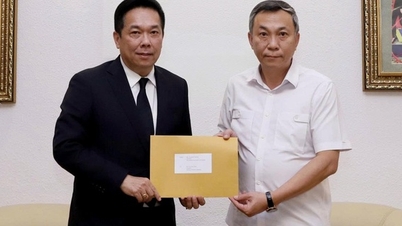

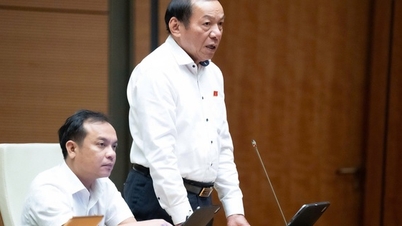
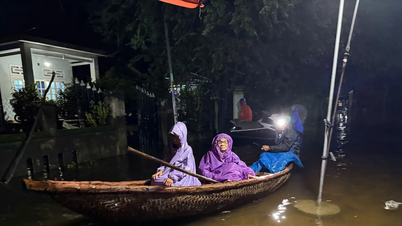




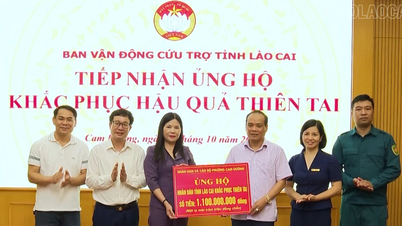

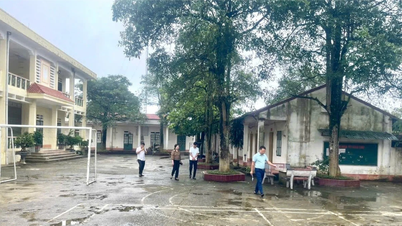
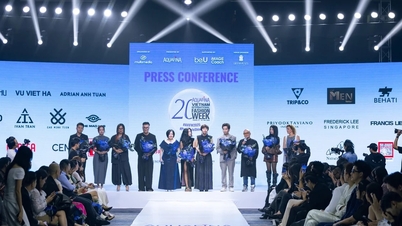












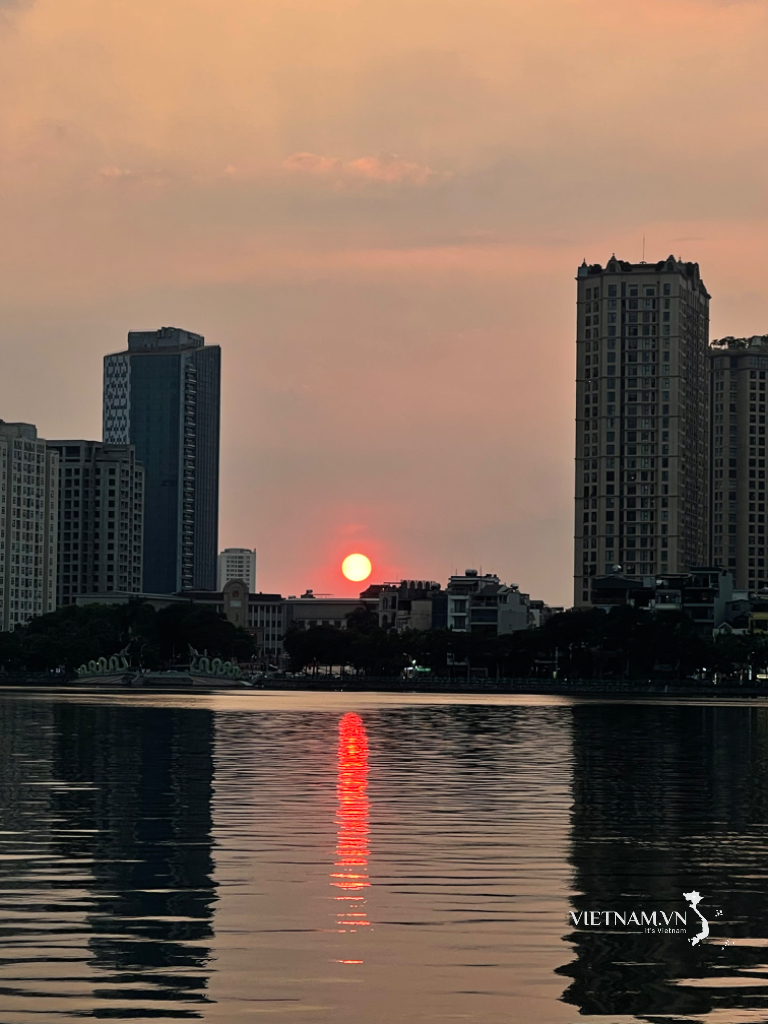



Comment (0)